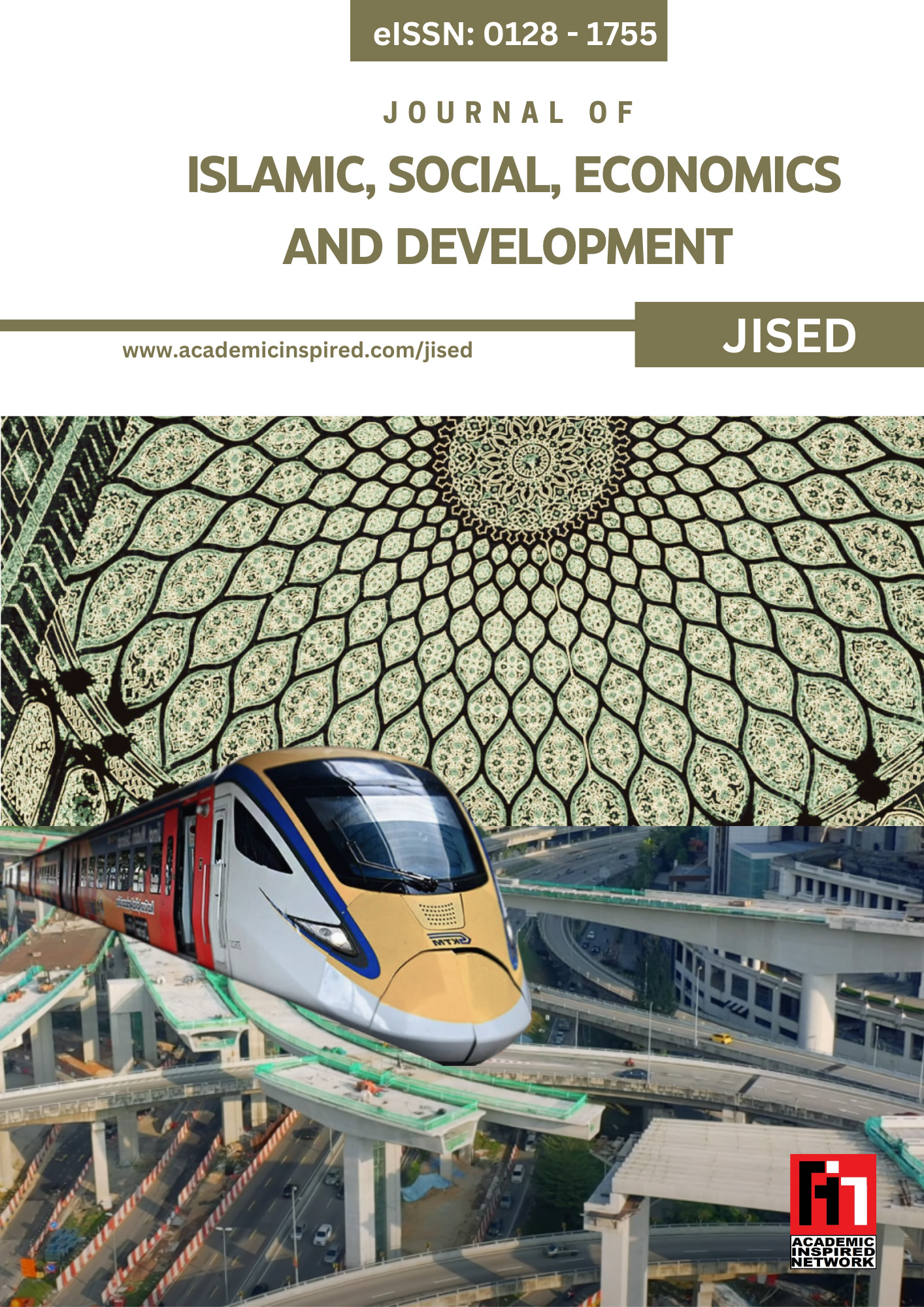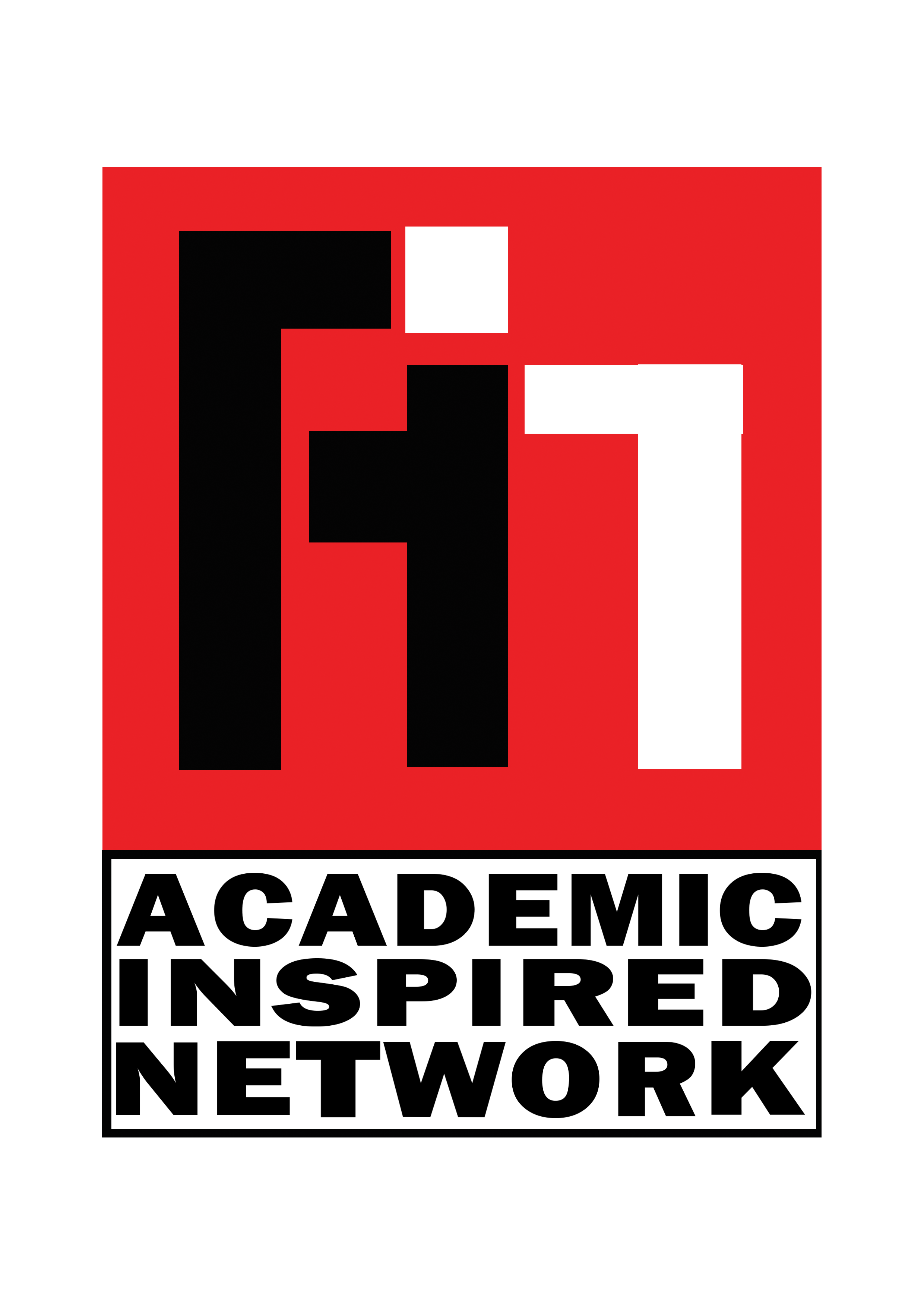Validating the peace framework indicators in Madani urban planning: The role of mosque and waqf land development
Keywords:
PEACE framework, madani urban planning, mosque development, waqf land utilization, qualitative thematic analysisAbstract
In the evolving landscape of urban development, religious assets such as mosques and waqf land remain underutilized despite their potential to contribute to inclusive and sustainable communities. This study aims to validate the PEACE framework, which comprises Physical, Economic, Administrative, Community, and Environmental elements, within the context of Madani urban planning. A qualitative approach was employed through expert interviews and focus group discussions involving stakeholders from town planning, Islamic councils, waqf institutions, local authorities, and community representatives. Thematic analysis using Atlas Ti software was conducted to identify and code key indicators across the PEACE dimensions. The findings reveal that mosque and waqf land can function as multifunctional hubs that support urban inclusivity, economic revitalisation, effective governance, community empowerment, and environmental sustainability. The validated indicators were synthesized into a final conceptual framework that offers a holistic model for integrating religious assets into urban planning. This framework supports sustainable development and enhances the socio-economic role of mosques and waqf land in revitalising local towns. The study contributes to future research by providing a structured foundation for policy formulation, strategic planning, and collaborative development aligned with the Madani city concept.













